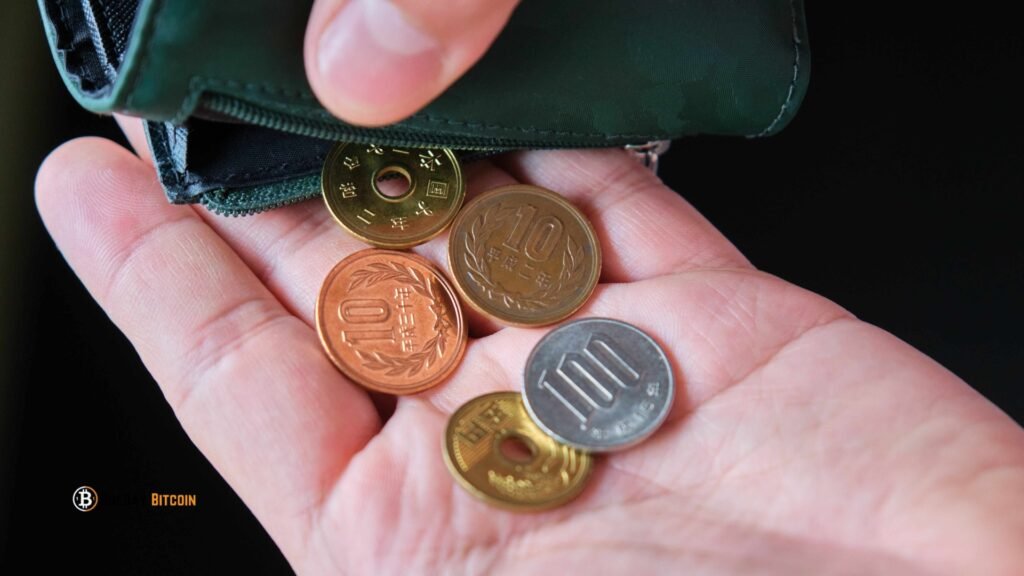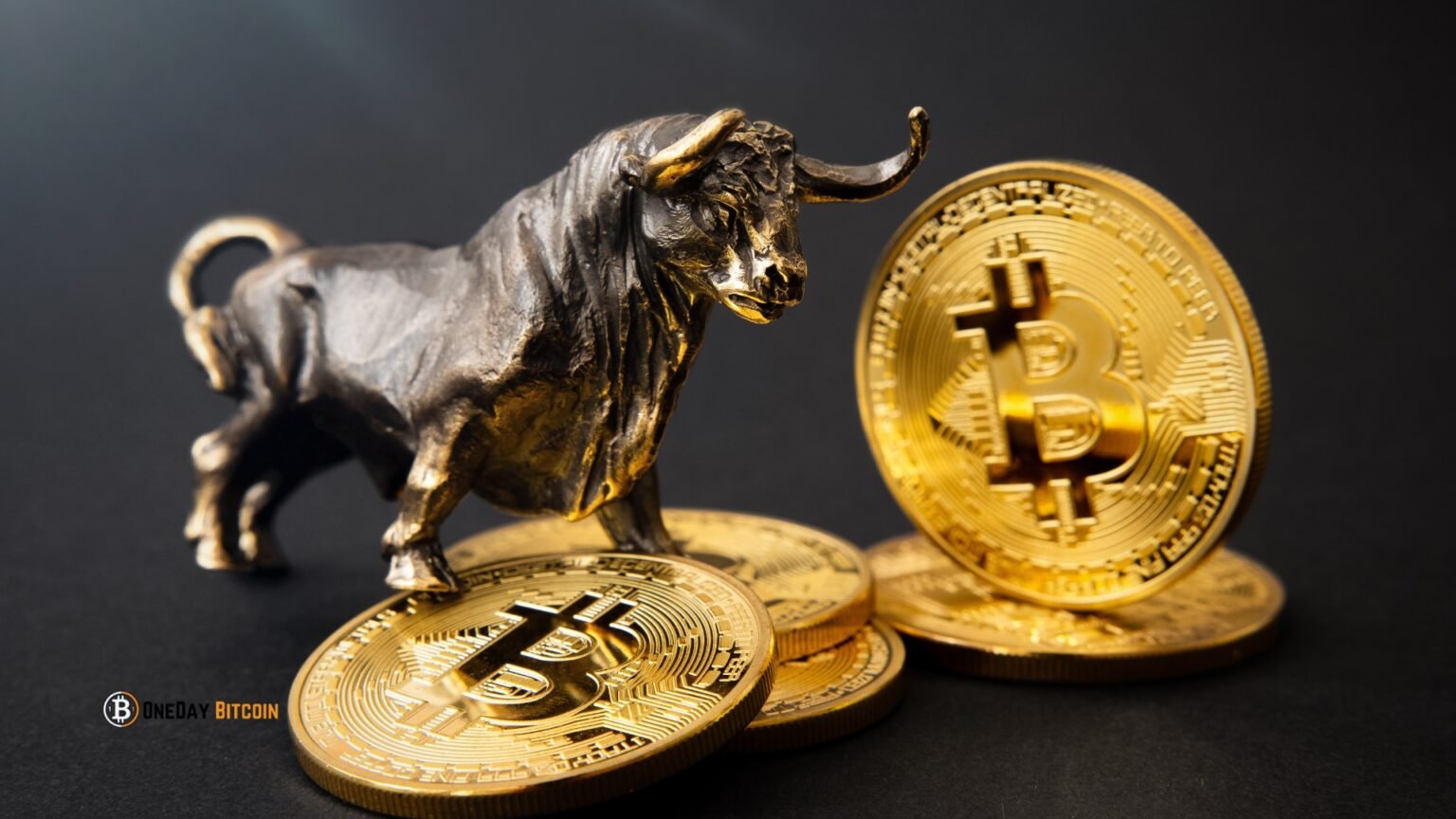The Bitcoin (BTC) bull run in 2024 has been excellent. Prices have skyrocketed to new highs, which opened the door for institutional players and experienced traders to run their strategies and make the most out of the market’s resurgence. Notwithstanding this, many retail investors have sat on the sidelines and just watched the bull market. This paper examines the driving forces of the 2024 bull run, the reasons retail investors failed to participate, and the lessons that can be derived from it for the future.
The 2024 Bitcoin Bull Run
Bitcoin’s journey in 2024 has been marked by a strong rebound following a challenging bear market in 2022 and 2023. A combination of factors—favourable macroeconomic conditions, regulatory clarity in significant markets, and the anticipation of the Bitcoin halving event in 2024—has driven demand. Prices skyrocketed by over 150% within a few months, with Bitcoin surpassing $70,000 for the first time since its 2021 highs.
This rally was fueled not just by retail enthusiasm but primarily by institutional adoption. Hedge funds, venture capitalists, and large corporations entered the market with unprecedented capital, overshadowing the contributions of smaller individual investors.
Is BTC experiencing a supply shock?
The amount of bitcoin on exchanges has dropped to a six-year low. Whales have been moving their coins to safer wallets. Exchanges have only 2.3 million BTC now. This shows that more people want to hold their coins long. Usually, bitcoin on exchanges goes up during a bull run so people can sell it. But this time, people are still collecting coins even with high prices.
In total, 19.7 million BTC are not available on exchanges. Four million of these are held long-term or lost. Miners still have 2 million BTC even after selling. BlackRock reported having 449,965 BTC. They might buy more coins off exchanges. It is becoming rare and risky to hold Bitcoin yourself. On-chain transactions are going down because people mostly use BTC as reserves and for long-term holding.
Retail wallets decline as ETFs dominate
Right now, there are around 43 million small retail addresses. Some of them sold under 1 BTC at a loss. Others have debts at which wallets have 1-10 BTC. There are also wallets holding from 10-100 BTC. After the prolonged bear market, many small retail wallets may have capitulated as Bitcoin dipped to lows of $18,000. In 2024, Bitcoin held above $40,000, yet retail holders sold at lower prices.
This might imply that new buyers utilise the new ETF on Coinbase Custody for convenience. This means they are using no self-custodial wallets. New retail investors find it easy through this fund rather than owning the private keys and hence risking the loss of coins. Others may still be trading on exchanges that skew statistics. In 2024, there was record whale buying. Demand increased due to ETF and corporate buyers.
 MicroStrategy’s multiple large buys led other companies to show interest in increasing holdings. Despite public purchases, whale accumulation took place quietly over several months. Retail traders were warned about the holes in the market shifting coins into more extensive hands. Once BTC enters whale possession, price behaviour will alter as companies perceive huge usage potential. BTC is nearly hitting $100K within just 1.5% up.
MicroStrategy’s multiple large buys led other companies to show interest in increasing holdings. Despite public purchases, whale accumulation took place quietly over several months. Retail traders were warned about the holes in the market shifting coins into more extensive hands. Once BTC enters whale possession, price behaviour will alter as companies perceive huge usage potential. BTC is nearly hitting $100K within just 1.5% up.
Though feelings about this coin had changed from the previous fear of selling off when prices increased, listening to whale stories made others hold, waiting for better prices later.In the last month, old accounts that had held BTC for over five years sold considerably. There were older whale traders as well who didn’t move their coins. Even so, BTC’s prices still went up.
Why Retail Investors Missed Out
Market Timing Challenges
Retail investors often struggle with timing their market entries and exits. After the prolonged crypto winter of 2022-2023, many hesitated to re-enter, fearing further losses. BTC Bull Run: By the time Bitcoin’s rally gained momentum, prices were significantly higher, deterring late entrants.
Lack of Knowledge and Resources
Institutional players can access advanced market analytics, insider knowledge, and dedicated trading teams. In contrast, many retail investors lack the technical expertise and tools to make informed decisions. The fast-paced nature of the 2024 rally left many unable to react effectively.
Fear of Regulation
Despite some regulatory clarity, retail investors remained cautious due to ongoing uncertainty in certain jurisdictions. Concerns over potential tax implications or stricter government interventions prevented many from participating fully in the rally.
Psychological Barriers
The psychological scars from previous market crashes played a significant role. BTC Bull Run, Still reeling from the losses incurred during the 2021 crash and the subsequent bear market, many retail investors found it hard to trust the rally. Fear of another downturn kept them on the sidelines.
Institutional Domination
The 2024 rally saw significant involvement from institutional investors, who executed large-scale trades that influenced market dynamics. This made it harder for retail investors to compete, as price movements were often too rapid for smaller players to act upon.
Also Read: Bitcoin Bear Market: Analyzing Current Scenario and Looking Ahead
[sp_easyaccordion id=”1561″]


